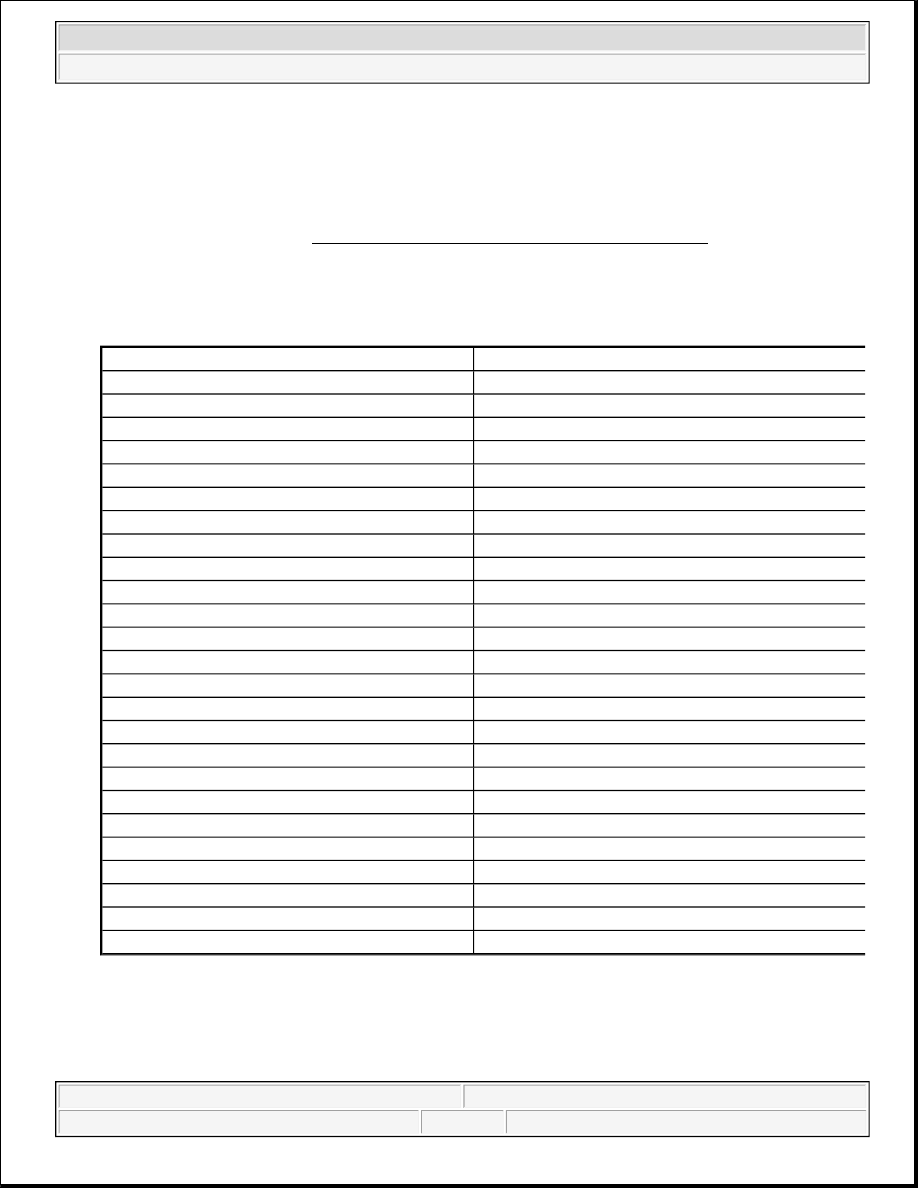Content .. 1504 1505 1506 1507 ..
Ford F150 Pickup. Instruction - part 1506

Connect scan tool to Data Link Connector (DLC). Place gearshift lever in "P" position. Start engine and
allow to idle. Using scan tool, access TANKPR PID from NGVM PID/DATA MONITOR & RECORD
menu. Record TANKPR PID value. Using scan tool, access FRP PID from PCM PID/DATA MONITOR
& RECORD menu. Record FRP PID value. Locate approximate TANKPR PID value and determine
PCM inferred pressure using PCM INFERRED PRESSURE SPECIFICATIONS table. If PCM
inferred pressure is plus or minus 22 psi of FRP PID value, no concern is indicated at this time. Service
any other DTCs that are present. If PCM inferred pressure is not plus or minus 22 psi of FRP PID value,
go to next step (for DTC P1180), or replace fuel pressure regulator (for DTC P1181).
PCM INFERRED PRESSURE SPECIFICATIONS
19) Check Fuel Filter For Water Or Other Contamination
Disassemble fuel filter and check for water or any other contamination. If contamination is present, clean
contaminants from filter housing and replace filter. If no contamination is present, go to next step.
TANKPR PID Value - kPa
PCM Inferred Pressure - psi
2000
109
3000
108.4
4000
106.9
5000
106.5
6000
106
7000
105.6
8000
105
9000
104.5
10,000
103.4
11,000
103
12,000
102.5
13,000
102.3
14,000
101.8
16,000
100.8
17,000
99.8
18,000
99.3
19,000
99
20,000
98.5
21,000
97.5
22,000
97.3
23,000
96.3
24,000
96
26,000
96
28,000
95.5
30,000
94
2003 Ford Pickup F150
2003 ENGINE PERFORMANCE Self-Diagnostics - CNG, Flex-Fuel & Gasoline